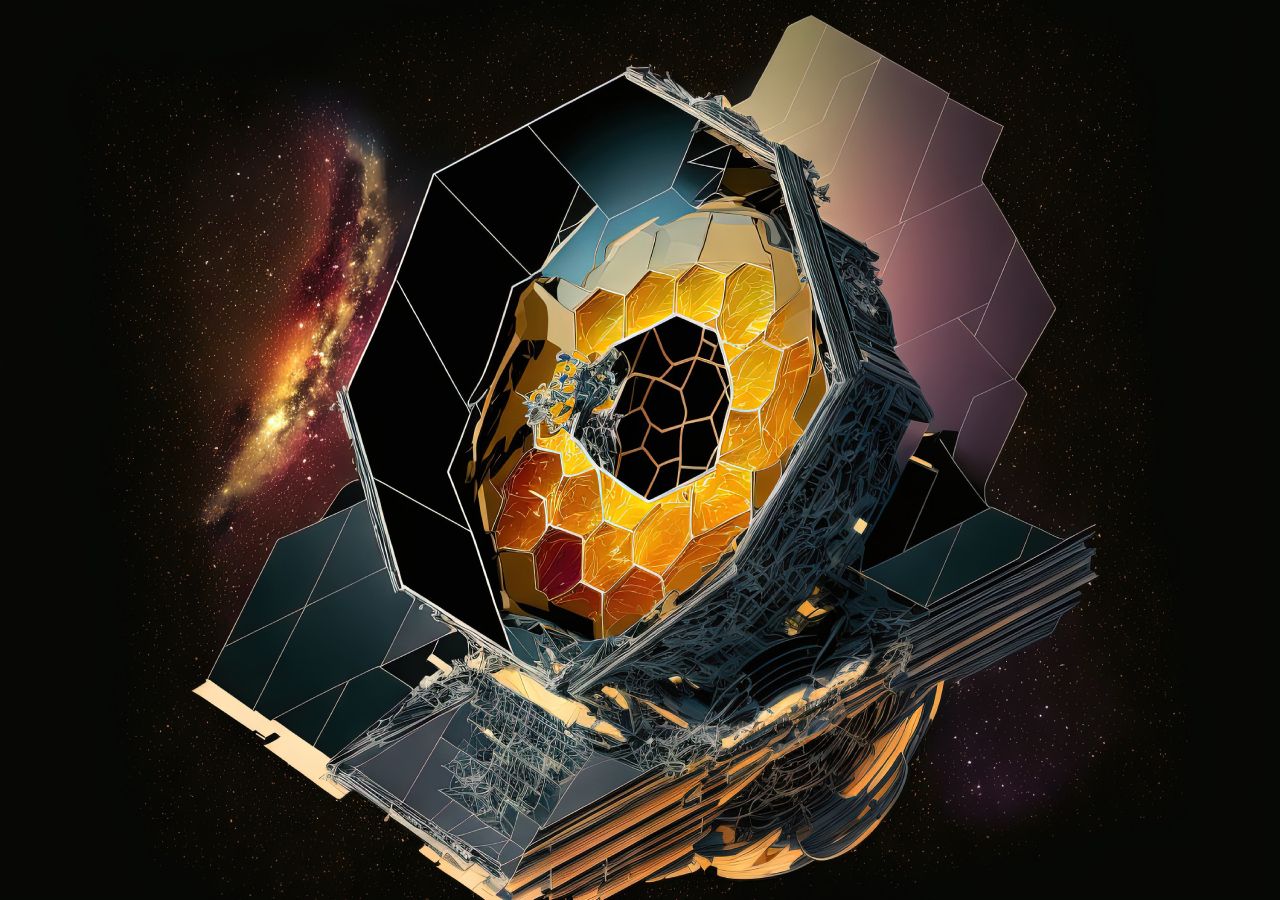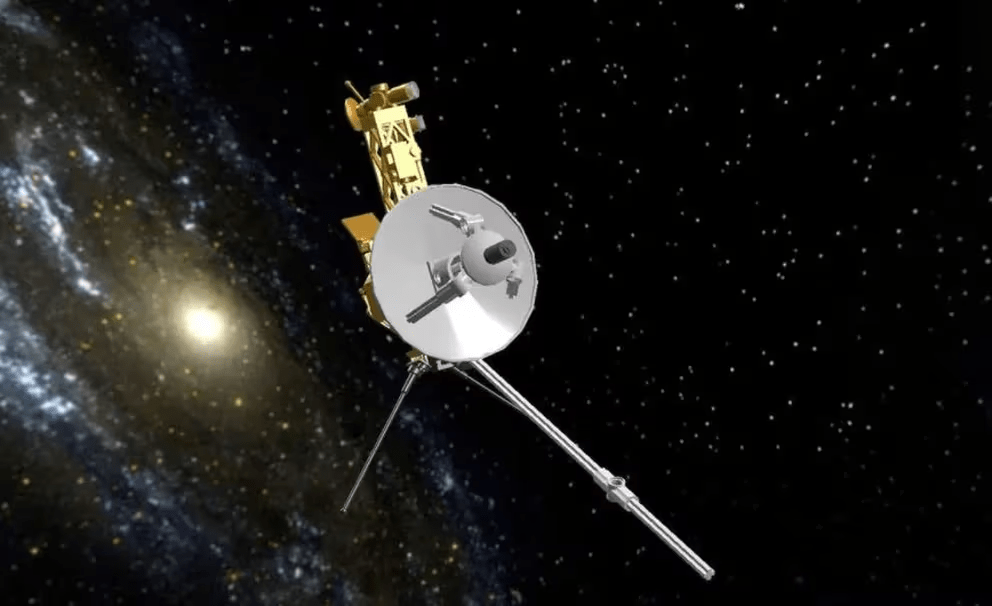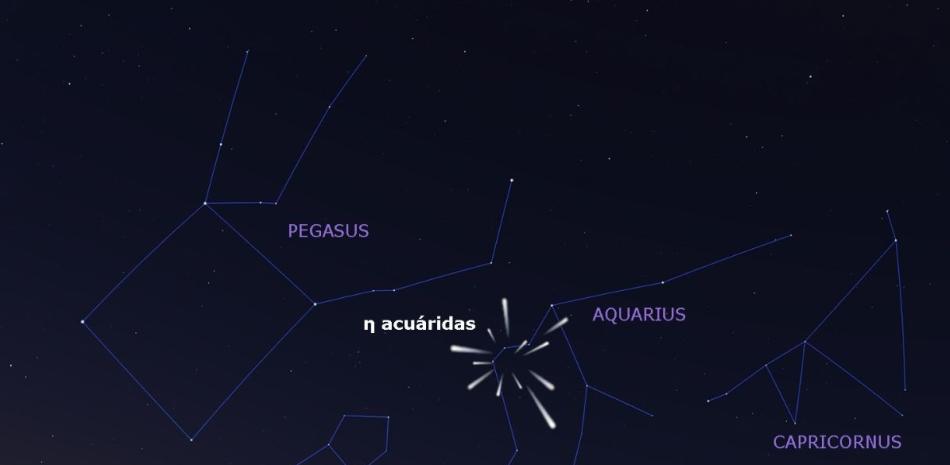New movie released The James Webb Space Telescope (JWST) It shows a massive, dusty galaxy forming hundreds of stars a year, challenging previous hypotheses about the dearth of such centers. The early universe.
Artists’ impressions depict and suggest AzTECC71 as a ghostly object Possible changes in scientists’ understanding of the distribution of star formation.
AzTECC71: A dusty galaxy challenges the early universe
Collaborative astronomers Cosmos-Web AzTECC71 has identified a star-forming dust galaxy that produces multiple stars, but Its vision is blocked by a veil of dust. It probably formed nearly a billion years after the Big Bang.
Although such galaxies were believed to be rare in the early universe, this discovery, along with a dozen other candidates, challenges previous assumptions that suggest they may have existed. Three to ten times more than expected.
Described as a “real monster” by Jed McKinney, a postgraduate researcher. University of Texas at Austin, AzTECC71 produces hundreds of stars annuallyProvides potential insights into hidden populations of galaxies.
If confirmed, this result could indicate that the early universe contained more dust than initially thought. The Cosmos-Web project, led by UT Associate Professor Caitlin Casey, It aims to map 1 million galaxies in an area of the sky the size of three full moons.
The James Webb Space Telescope rediscovers AzTECC71, a faint galaxy that left Hubble, and reveals that it is busy forming more stars. A veil of dust covers it, blocking the passage of light and making it almost invisible.
1/conceptual image. pic.twitter.com/12fLcZyiJc
— Rosario Paris ᥫ᭡ (@chayito09) December 5, 2023
A team of more than 50 researchers was appointed with the aim of studying the first structures of the universe. 250 hours of observation during JWST’s first yearAnd the first batch of data became available in December 2022, with additional data expected until January 2024.
Dusty star-forming galaxies like AzTECC71 are difficult to observe in optical light due to the absorption and re-emission of dust. At longer wavelengths. Before JWST, these galaxies were called “Hubble Dark Galaxies”. McKinney highlights the bias in understanding the history of galaxy evolution because previous observations are limited to fainter, less dusty galaxies.
AzTECC71 was initially detected as a dust emission site by the James Clark Maxwell Telescope in Hawaii and later confirmed with data from the ALMA telescope in Chile. JWST observations were revealed at a wavelength of 4.44 μm A faint galaxy in the same location emphasizes the new telescope’s potential to detect previously unseen cosmic objects.
JWST galaxy exposures reveal cosmic dust
Dusty galaxies are often difficult to achieve optical observations due to the absorption and re-emission of dust, Now thanks to JWST and its advanced infrared capabilities.
This powerful telescope can penetrate thick veils of dust, allowing scientists to study the properties of these heavily obscured galaxies. in both optical and infrared spectra. JWST’s sensitivity not only extends our view to the farthest corners of the universe, but also reveals mysteries hidden behind dense layers of cosmic dust.
While no telescope has yet been able to see beyond cosmic dust, JWST is capable of observing in both the optical and infrared spectra.
The research team, led by UT Austin astronomers McKinney and Casey, aims to Explore and understand the nature of these dusty galaxies. With JWST’s ability to penetrate through dust, the equipment can Explore the details of the formation and evolution of these galaxies, Providing valuable information about previously hidden populations of cosmic objects.
This represents a significant improvement in our monitoring capabilities, It allows us to discover the secrets of galaxies that were once shrouded in cosmic dustExpanding our understanding of the early universe.
Note that Message:
McKinney J., Manning S., Cooper O., et al. An infrared-dim, far-infrared-luminous dusty galaxy at z ∼ 5 in the COSMOS-internet.. The Astrophysical Journal (2023).





